The exhibition of photographic prints is an important means for photographers to share their work with the wider public. An effective exhibition has the potential to be informative and provocative while also providing an aesthetic experience of photography as art. The photography of Ian Lockwood has been exhibited on several occasions over the last 30 years. Initially during his undergraduate years at Goshen College and the College of Wooster he displayed portfolios of black & white prints. Exposure to exhibitions of South Asian art and American landscape photography at Washington DC’s Smithsonian galleries sparked an interest in the idea of exhibiting prints depicting themes of landscape, ecology and conservation in South Asia. In the early 1990s Ian and his father set up a darkroom equipped to print 120 black & white negatives in the family’s Dhaka house. Procuring film, paper and chemistry was a significant challenge that limited the final print size. A print-making workshop in 1998 with George Tice at the Maine Photographic Workshops helped polish the skills to produce high quality, hand-printed exhibition prints to illustrate little known landscapes and conservation themes in South Asia.
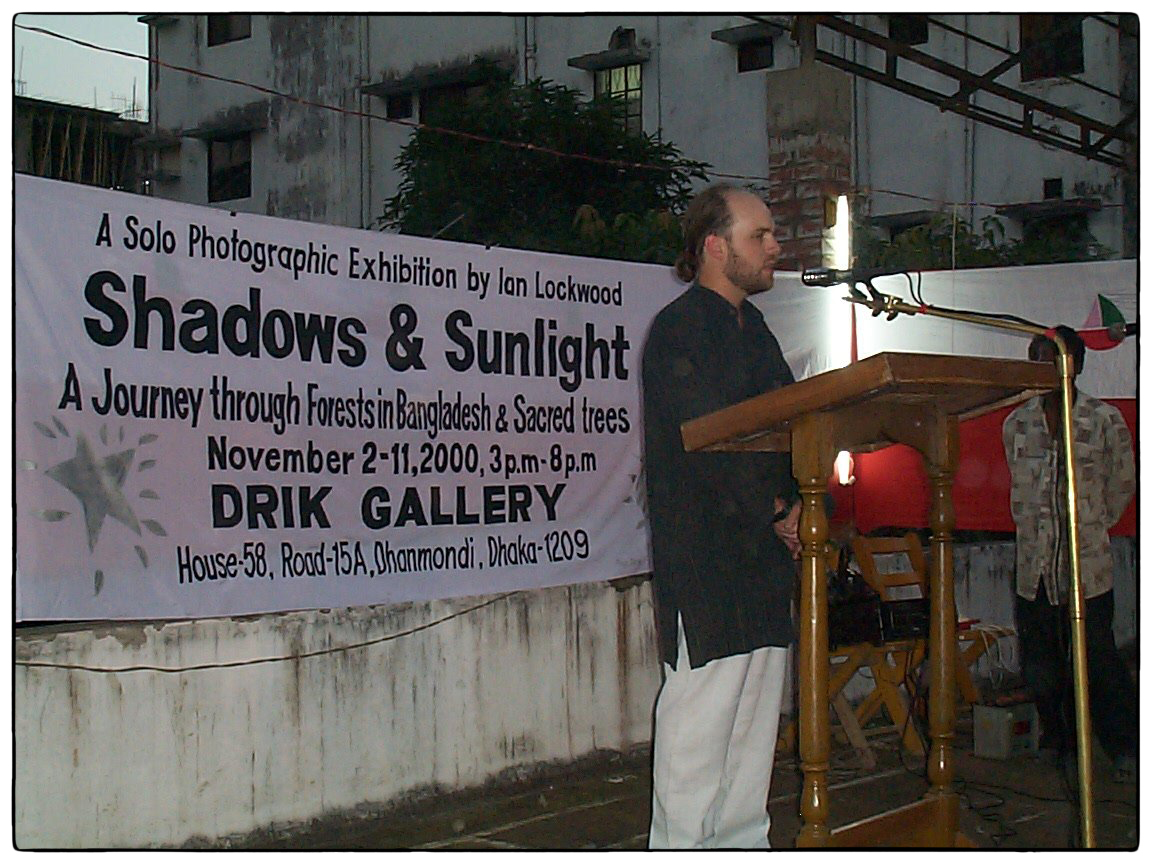

In Nature of Bangladesh a modest collection of five prints were part of a three-person show headed by Enam ul Haque and Sirajul Hossain. The exhibition was held at Dhaka University’s Institute of Fine Arts in May 2000. Anwar Hossain, one of the country’s preeminent photographers and film-makers, helped introduce the show.
Sunlight & Shadows presented Ian’s first solo exhibition at Dhaka’s Drik Gallery in November 2000. The show included 45 hand-printed fiber-based silver gelatin black & white prints. The exhibition emphasized themes of disappearing forests and sacred trees in Bangladesh. Forest areas such as Madhupur, Lawachara and the Sunderban featured prominently. A signature aspect of the show was the use of medium format 120 (6×12 cm) panoramic images printed to 20″ width (or height). These were supported with 6×6 cm portraits printed to 10″ x 10″ on the same archival photographic paper. The exhibition was put on with the key support of Drik staff including Mayeen Ahmed and Reza. They helped to design and produce an attractive exhibition brochure, poster and invitation all printed in Dhaka. Shahidul Alam a global pioneer in photography, who Ian had gotten to know as a teenager in the 1980s, encouraged the process from its inception. Mahfuz Alam, Bangladesh’s distinguished journalist/editor and long-time family friend was the chief guest. Anna Lockwood provided key organizational support. Friends and colleagues from AIS/D helped support the exhibition by buying prints.
Western Ghats Portrait & Panorama was held at the India International Centre (IIC) in March and later the same year at the Bombay Natural History Society. This body of black & white images was the culmination of several years of exploring in the southern Western Ghats.
The exhibition featured landscape, ecological and conservation themes that had been highlighted in a series of articles published in Indian magazines between 1994 and 2000 (see published work). The Western Ghats exhibition was designed to deliver a similar message through an aesthetic gallery experience. The images were entirely hand printed on archival silver gelatin photographic paper from medium format (120) black & white negatives. The IIC exhibition was facilitated by the Ranthambore Foundation and organized with the help of Lalsawmliani (Teiteii) Tochhawng the IIC’s deputy curator. Exhibition brochures and a poster were produced by DRIK in Dhaka. The exhibition in March 2001 was inaugurated by Valmik Thapar, India’s leading Tiger conservationist. Towards the end of the exhibition Ian gave an illustrated talk on themes of landscape and conservation in the Western Ghats. The talk was introduced by leading ecological historian Ramesh Rangarajan. A similar talk was held at the BNHS with special guests Dr. Asad Rahmani, Jamshyd and Pheroza Godrej. The Mumbai show was enabled with the generous support of Banoo and Ratan Batliboi. The Times Journal of Photography sponsored an exhibition poster features the Devil’s Kitchen Shola Tree.
In the fall of 2005 a small portfolio of about 10 fiber-based black & white 11”x 14” prints were shown at New York City’s India Arts Gallery. The show entitled Outside Looking In displayed a variety of “outside” artists depicting India. Ian’s work included images from both the Western Ghats and Bangladesh.
The Paths to Peak exhibition was hosted at Colombo’s Barefoot Gallery, one of Sri Lanka’s leading venues for the arts, in May 2011. The exhibition of images and maps took viewers on an intimate journey to Sri Lanka’s sacred mountain Sri Pada (Adam’s Peak). Using digitally printed color and black & white images, the exhibition highlighted themes of landscape, ecology and culture on the sacred peak. Nazreen & Dominic Sansoni and Sebastian Posingis all played important roles in supporting the show. A small 18-page exhibition booklet was produced as part of the show. The Paths to Peak exhibition was reviewed by the Sunday Times, the Daily FT and the Nation.
DakshinaChitra’s Vajira Gallery hosted The Hills of Murugan from July 6th-30th 2018. The solo exhibition highlighted themes of changing landscape and vegetation patterns in the Palani Hills as seen in photographs and satellite imagery. Most visitors were familiar with the Palani Hills as a site of the popular hill station of Kodaikanal but few of them were aware of the degree of ecological change taking place in this sensitive Western Ghats landscape. The images highlighted undistributed aspects of the Palani Hills, scenes of tree ferns and water and shola/grasslands systems. These were followed up with images of non-native timber plantations agriculture, hill station expansion and other signs of modern human impact. The final images emphasized scenes of hope: restoration work by the Vattakanal Conservation Trust and the tenacious shola species taking seed under a canopy of eucalyptus.
My principal medium continues to be black & white imagery and in the Hills of Murugan the main gallery featured 32 fine art prints originally taken on film and digital cameras. Karthik V’s superior printing helped deliver the kind of experience that I had envisioned. Focus Gallery in Chennai did a fine job with the framing and presentation. I supported the educational objectives of the show with a second gallery of color images, annotated maps and illustrated information posters. The maps were created on ArcGIS using a variety of data sources including Sentinel 2 and Landsat data as well as high-resolution elevation models. I included a poster highlighting the work of the montane grasslands group and, in a sense, the exhibition was a visual experience highlighting the themes of this landmark study.
The exhibition received good press coverage (see the Hindu City review) and visitors appreciated the choice of black & white fine art prints and conservation-centric approach.
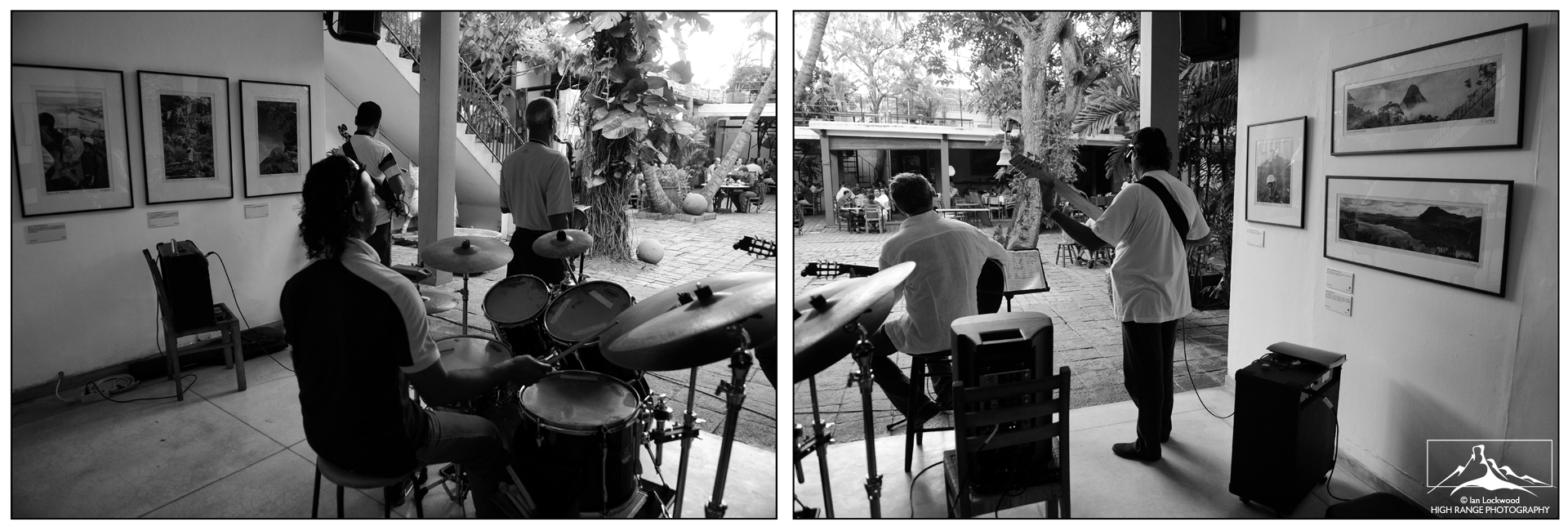

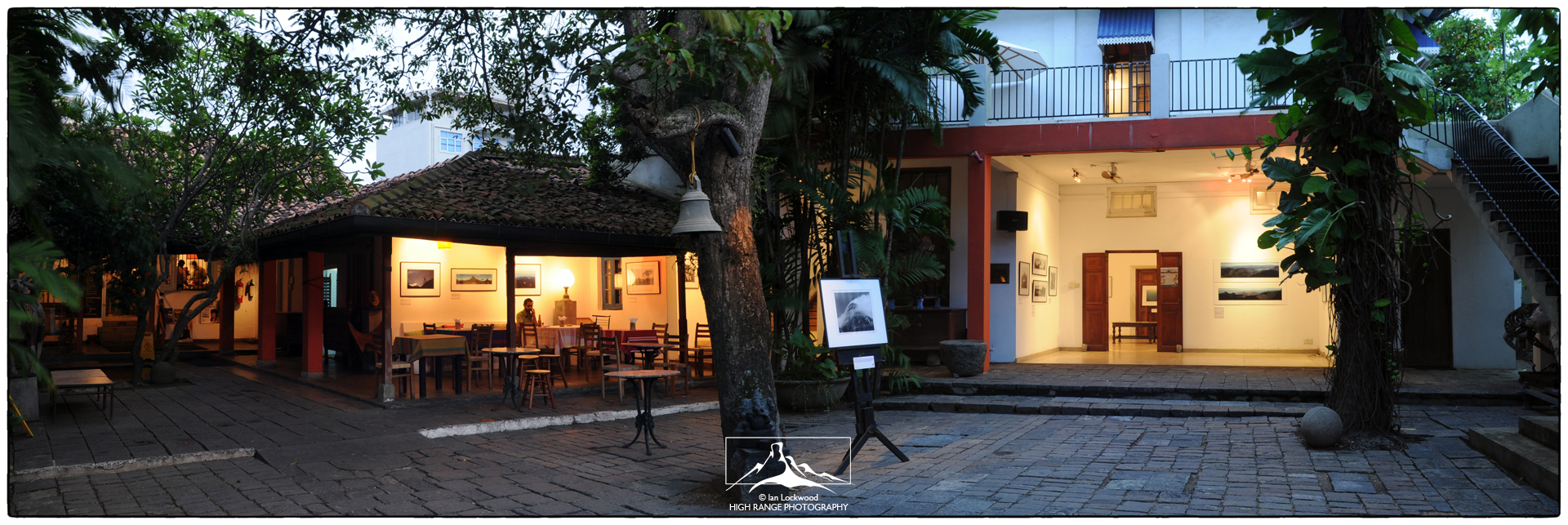
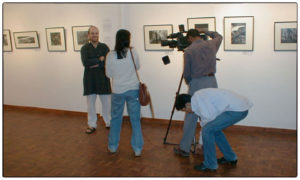
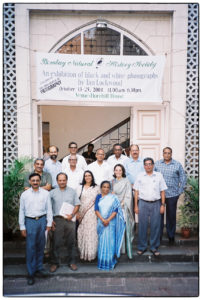
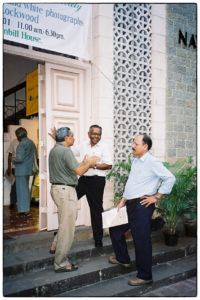
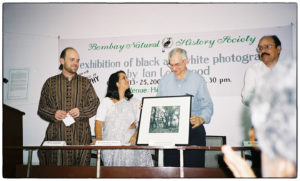
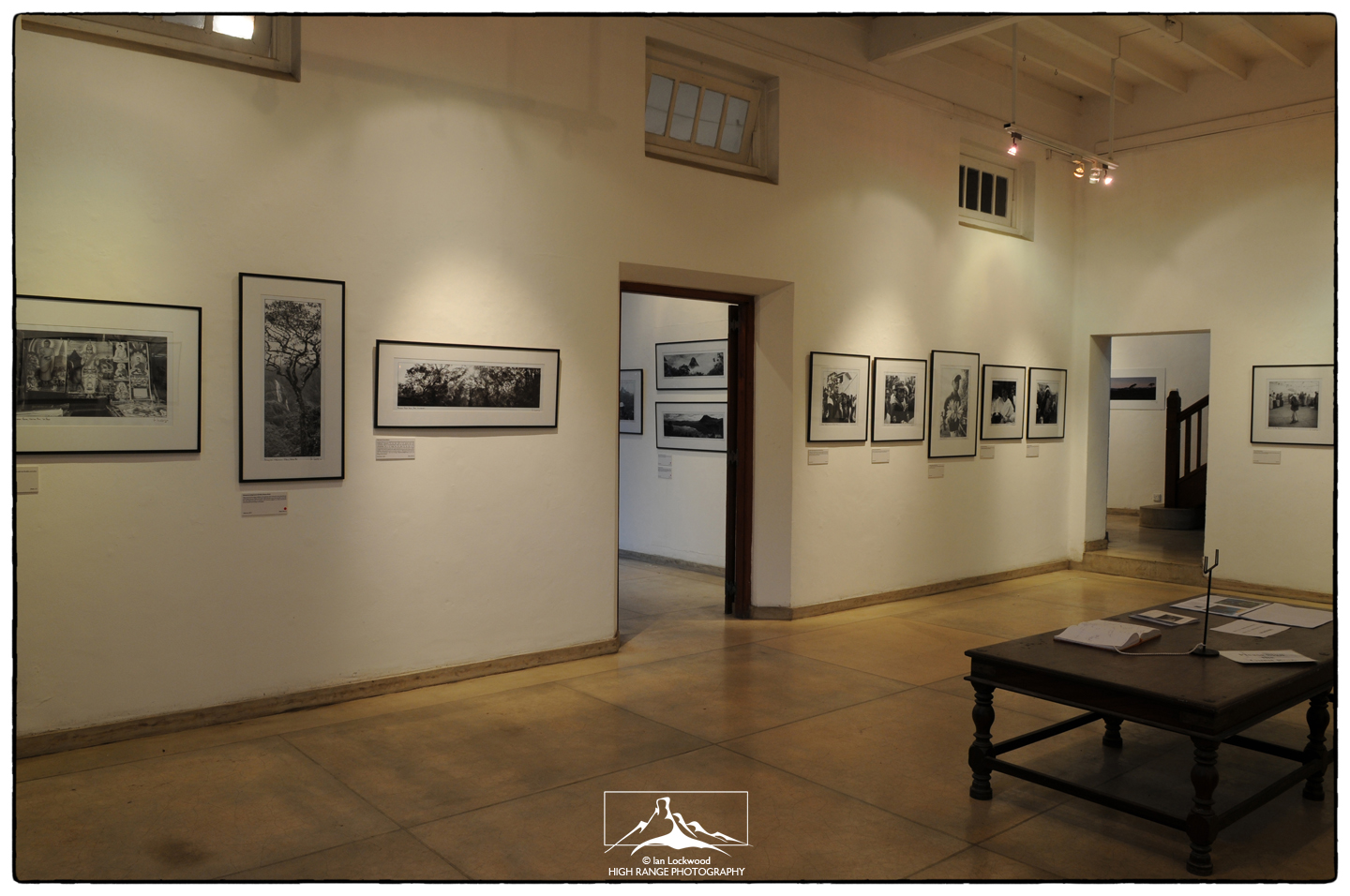
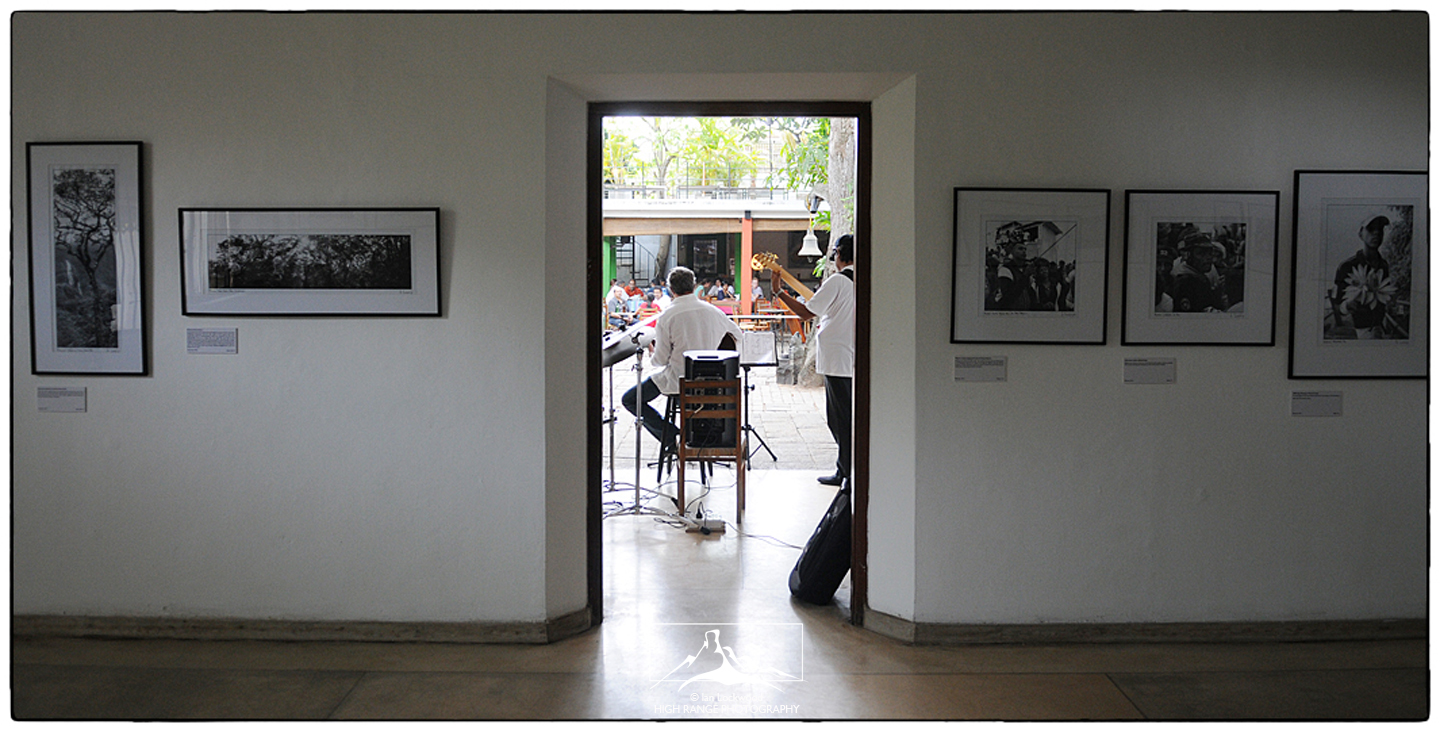
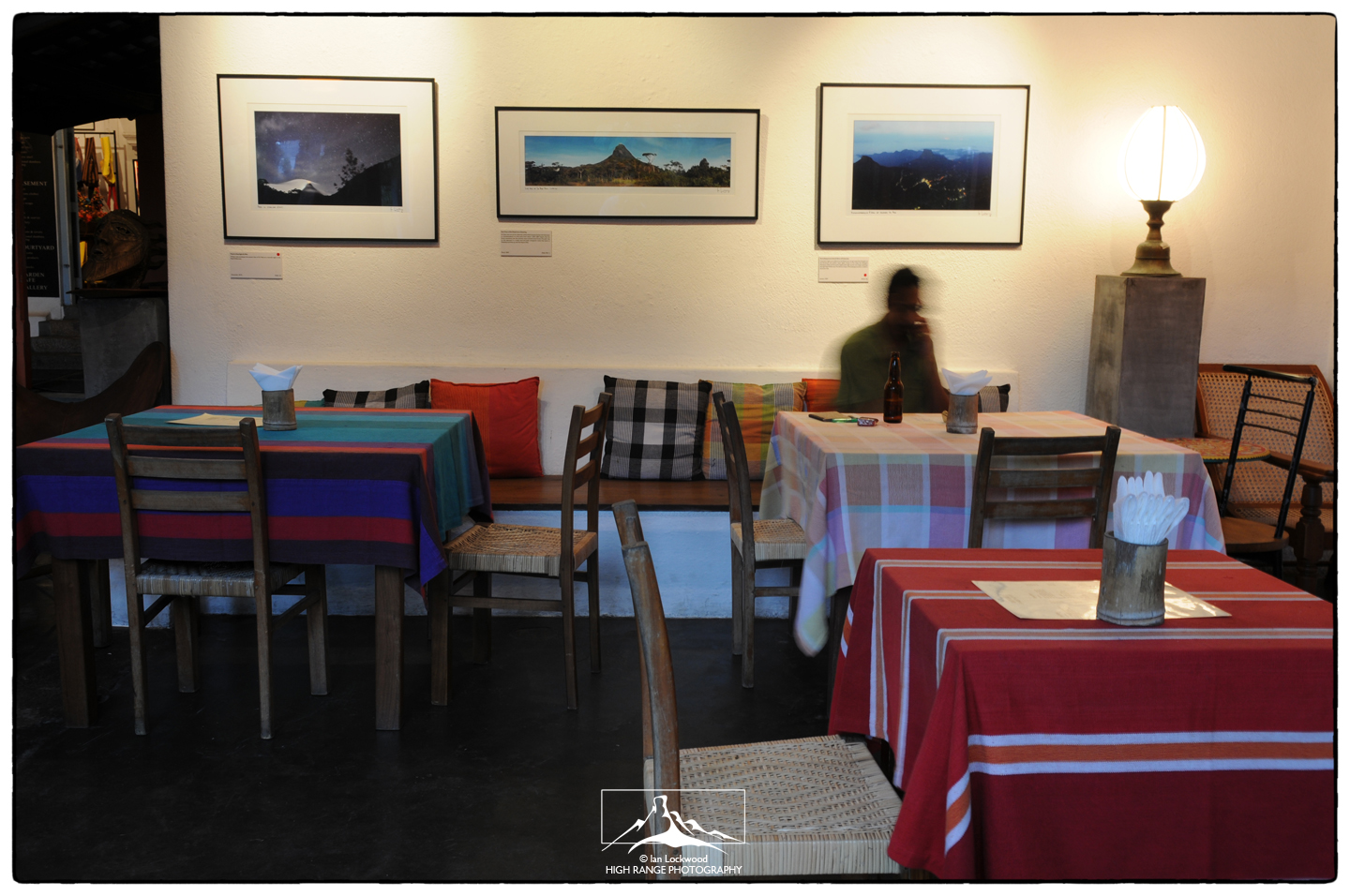
2 thoughts on “EXHIBITIONS”